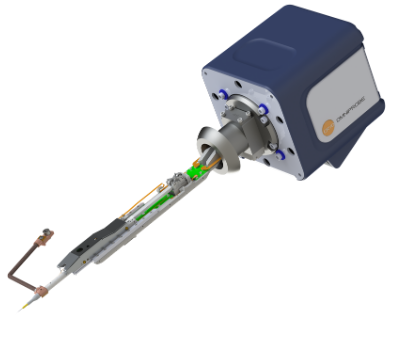A Universal Method of In Situ FIB Lift-Out for Cryogenic Samples
In situ FIB lift-out is a common method for preparing site specific transmission samples at room temperature, but is not suitable for cryogenic samples. Here we present a variation of the FIB lift-out method for the preparation of cryogenic samples, which overcomes the limits of the current methods.




